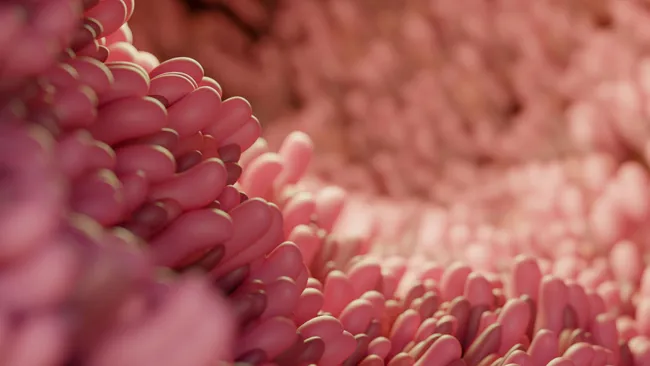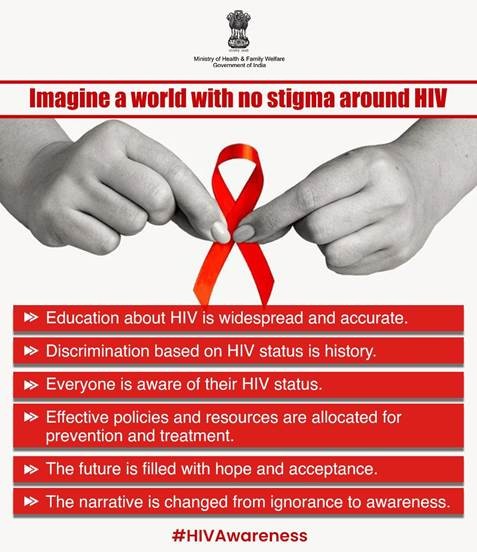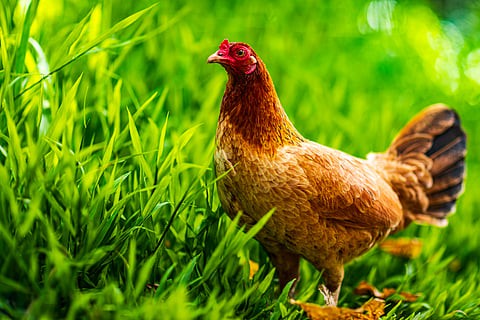Description

Copyright infringement not intended
Picture Courtesy: https://www.livescience.com/health/viruses-infections-disease/mysterious-virus-like-obelisks-found-in-the-human-gut-and-mouth
Context: The identification of "Obelisks," a novel class of virus-like entities in the human gut and mouth, raises intriguing questions about their potential impact on the human microbiome.
Key Highlights of the research
- Discovery of Viroids in Human Gut and Mouth: Scientists have identified a new class of virus-like entities called "Obelisks" in the human gut and mouth. These viroids may influence gene activity within the human microbiome.
- Viroid Characteristics: Viroids are tiny loops of RNA, a genetic cousin of DNA, lacking protective shells and without instructions to build proteins. Originally thought to infect only plants, recent studies suggest viroids may infect animals, fungi, or bacteria.
- Host Confirmation: Streptococcus sanguinis, a common bacterium in the mouth, is identified as one host for Obelisks. Other potential hosts, likely bacteria, are yet to be confirmed.
- Viroid Complexity: Some Obelisks contain instructions for enzymes needed for replication, indicating greater complexity compared to previously described viroids.
- Presence in Metatranscriptomes: Obelisks were found in 7% of human fecal metatranscriptomes, providing insight into gene activity in the gut microbiome. In mouth metatranscriptomes, Obelisks were present in about 53% of the samples.
- Impact on Human Health: It is still unknown how or whether these viroids affect human health. There is speculation that viroids may shape the human microbiome, especially considering their ability to infect bacteria.
- Evolutionary Debate: Ongoing discussion surrounds whether viruses evolved from viroids or if viroids evolved from viruses. The discovery of Obelisks may contribute to this debate.

Conclusion
- The discovery of Obelisks adds a new dimension to our understanding of the virome within the human body and prompts further investigation into their potential roles and impacts on human health.
|
PRACTICE QUESTION
Q. What are Obelisks, as recently discovered by scientists?
A) A new species of deep-sea fish.
B) A type of bacteria found in the human gut.
C) A novel class of virus-like entities in the human gut and mouth.
D) A new medication being tested for treating gut diseases.
Answer: C
|










